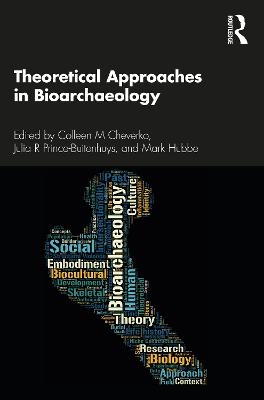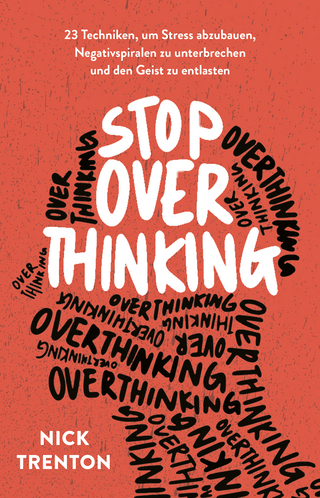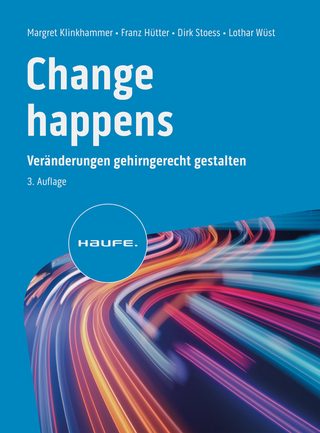
Theoretical Approaches in Bioarchaeology
Routledge (Verlag)
978-0-367-20573-7 (ISBN)
Over the past few decades, bioarchaeology has been transformed through methodological revisions, technological advances, and the inclusion of external theoretical frameworks from the social and natural sciences. These interdisciplinary perspectives became the backbone of bioarchaeology and strengthened the discipline’s ability to address questions about past biological and social dynamics. Consequently, how, why, and when to apply external theory to studies of past populations are central and timely questions tied to future developments of the discipline. This book facilitates ongoing dialogues about theoretical applications within the field and interdisciplinary connections between bioarchaeology, biological anthropology, and other disciplines. Each chapter highlights how a theoretical framework originating from a social or natural science connects to past and future bioarchaeological research.
For scholars and archaeologists interested in the theoretical applications of bioarchaeology, this book will be an excellent resource.
Colleen M Cheverko earned her PhD in Anthropology from The Ohio State University in 2018 and was a University of California Chancellor’s Postdoctoral Fellow at the University of California, Merced from 2018–2020. She is currently the Anatomical Sciences Lab Supervisor and Faculty at the Edward Via College of Osteopathic Medicine in Monroe, Louisiana. Her research interests include bioarchaeology, life history theory, and methodological and theoretical development. Julia R Prince-Buitenhuys is an archaeologist and environmental scientist at the California Department of Water Resources. She received her MAs in Anthropology from California State University, Chico and the University of Notre Dame. Her research interests include stable isotope ecology, methodological development, and the application of theory to osteological research. Mark Hubbe is a Professor at the Department of Anthropology at The Ohio State University. His research covers diverse topics in biological anthropology, including the early human occupation of South America and the origin of social inequality among prehistoric societies from the South Central Andes.
Foreword; Chapter 1 – Theory in Bioarchaeology: An Introduction; Chapter 2 – Embodying Bioarchaeology: Theory and Practice; Chapter 3 – Gender; Chapter 4 – Bioarchaeological Applications of Intersectionality; Chapter 5 – Life Course Approaches and Life History Theory: Synergistic Perspectives for Bioarchaeology; Chapter 6 – Reconstructing Immune Competence in Skeletal Samples: A Theoretical and Methodological Approach; Chapter 7 – Niche Construction Theory in Bioarchaeology; Chapter 8 – Live Through This: Developing a Sustainable Pathway for Resilience Theory in Bioarchaeological Research; Chapter 9 – Structural Violence and Political Economy: Epistemological Considerations for Bioarchaeology; Chapter 10 – Making Silenced Voices Speak: Restoring Neglected and Ignored Identities in Anatomical Collections; Chapter 11 – Theoretical Approaches to Bioarchaeology: The View from Across the Pond; Chapter 12 – Towards a Bioarchaeology beyond Nature and Culture: Potentials and Possibilities in Contemporary Theoretical Bioarchaeology
| Erscheinungsdatum | 24.08.2020 |
|---|---|
| Zusatzinfo | 4 Tables, black and white; 4 Line drawings, black and white; 4 Halftones, black and white; 8 Illustrations, black and white |
| Verlagsort | London |
| Sprache | englisch |
| Maße | 156 x 234 mm |
| Gewicht | 600 g |
| Themenwelt | Geisteswissenschaften ► Archäologie |
| Naturwissenschaften ► Biologie ► Humanbiologie | |
| Sozialwissenschaften ► Ethnologie | |
| ISBN-10 | 0-367-20573-4 / 0367205734 |
| ISBN-13 | 978-0-367-20573-7 / 9780367205737 |
| Zustand | Neuware |
| Informationen gemäß Produktsicherheitsverordnung (GPSR) | |
| Haben Sie eine Frage zum Produkt? |
aus dem Bereich


